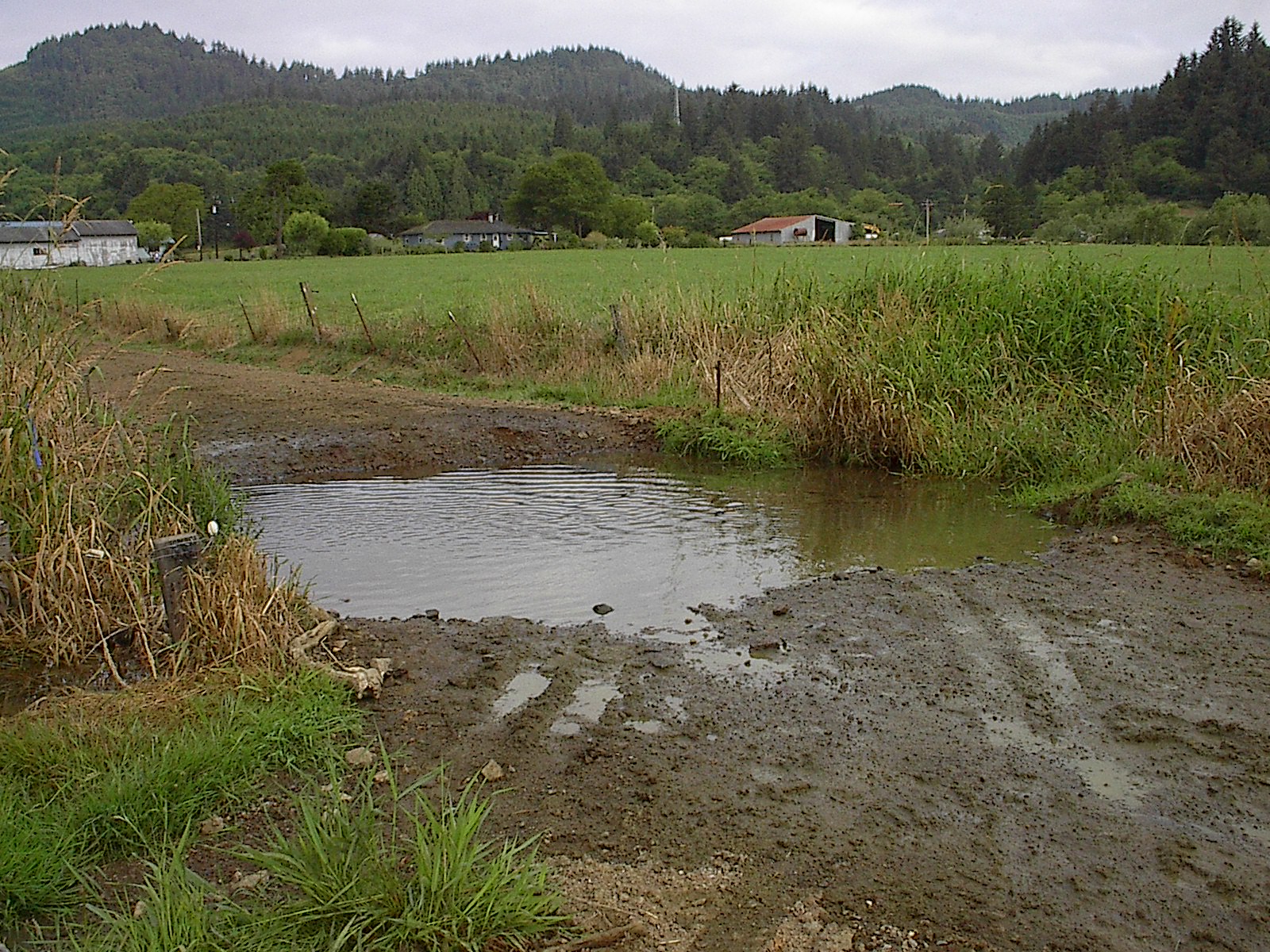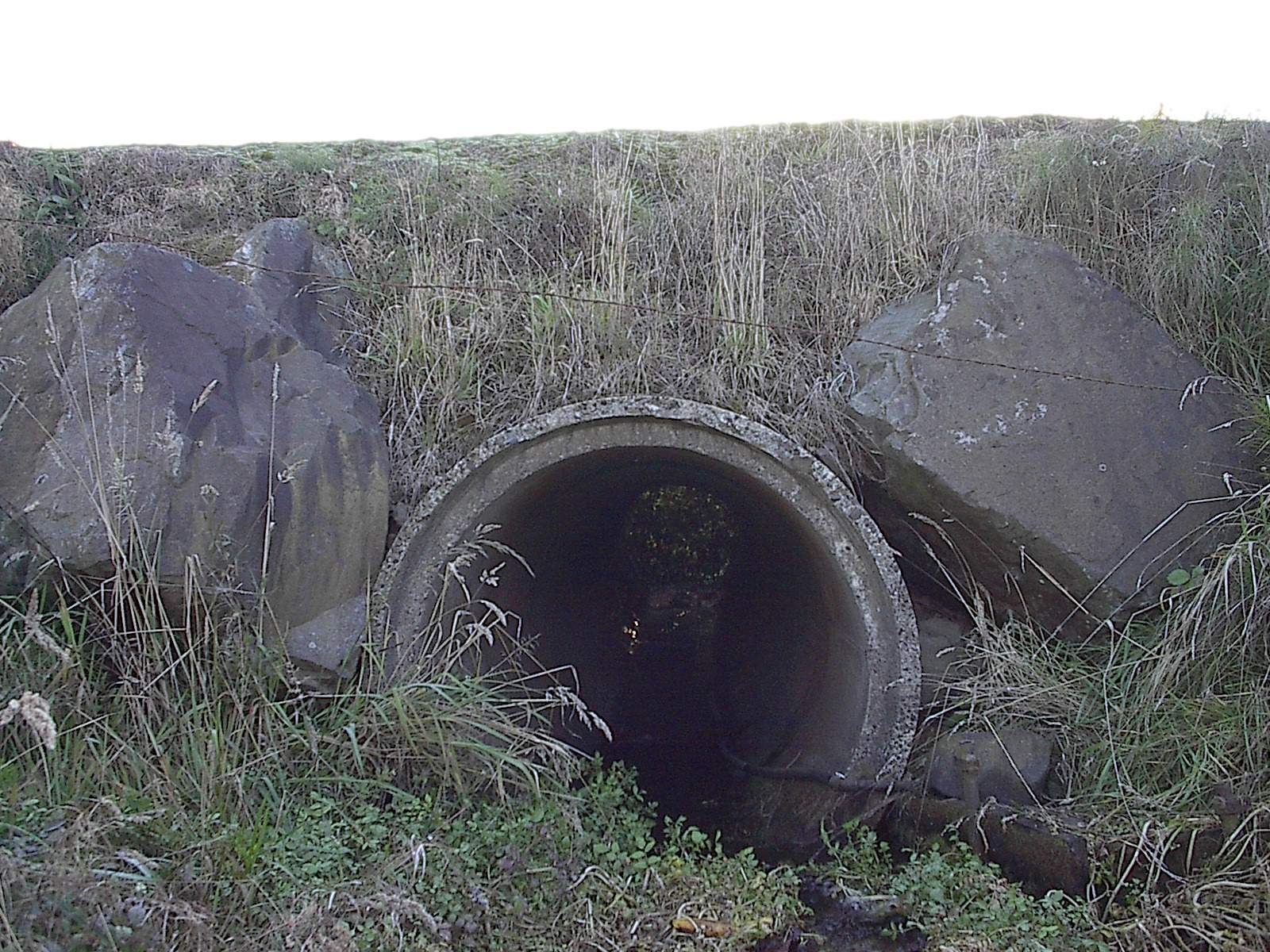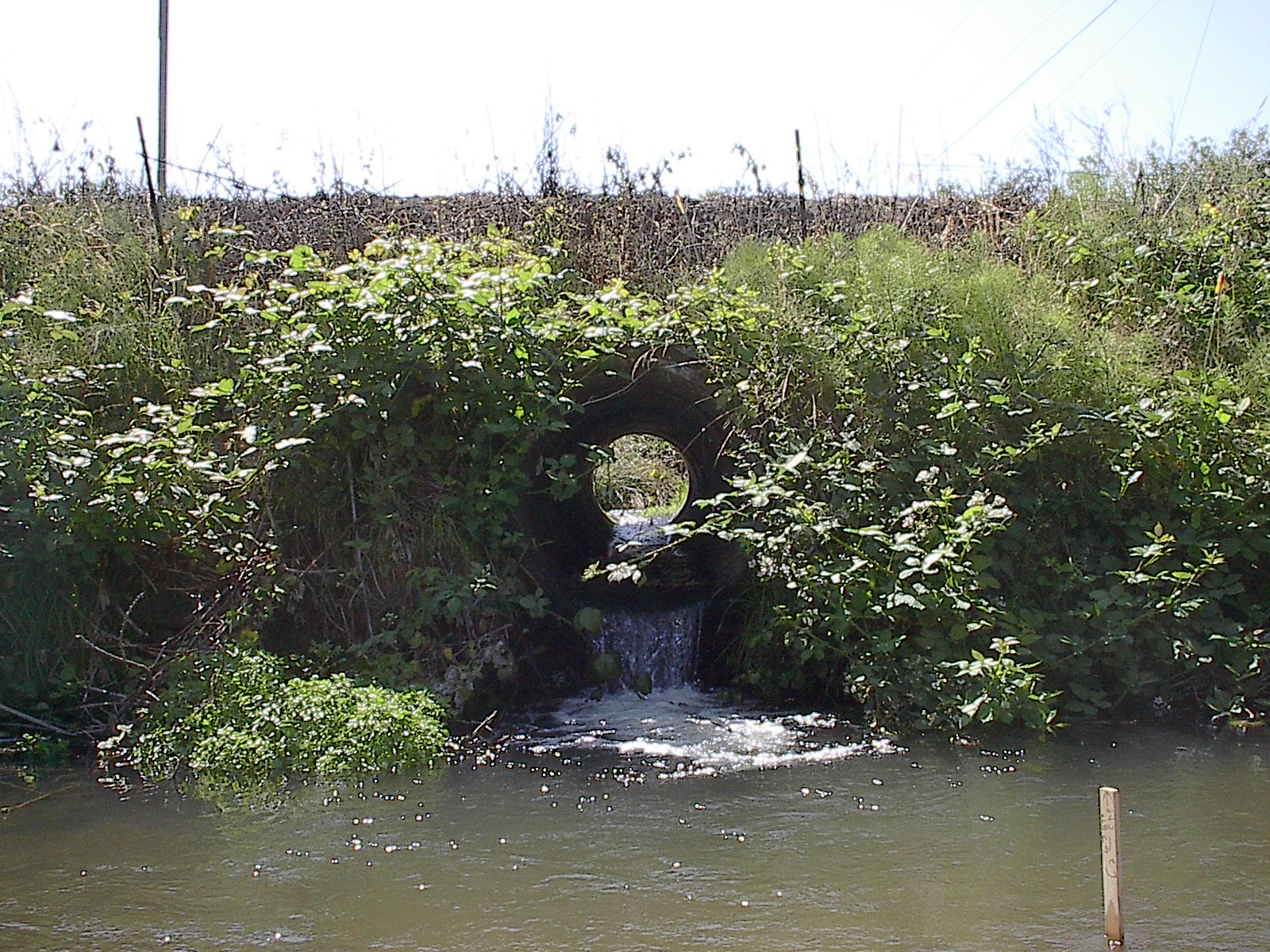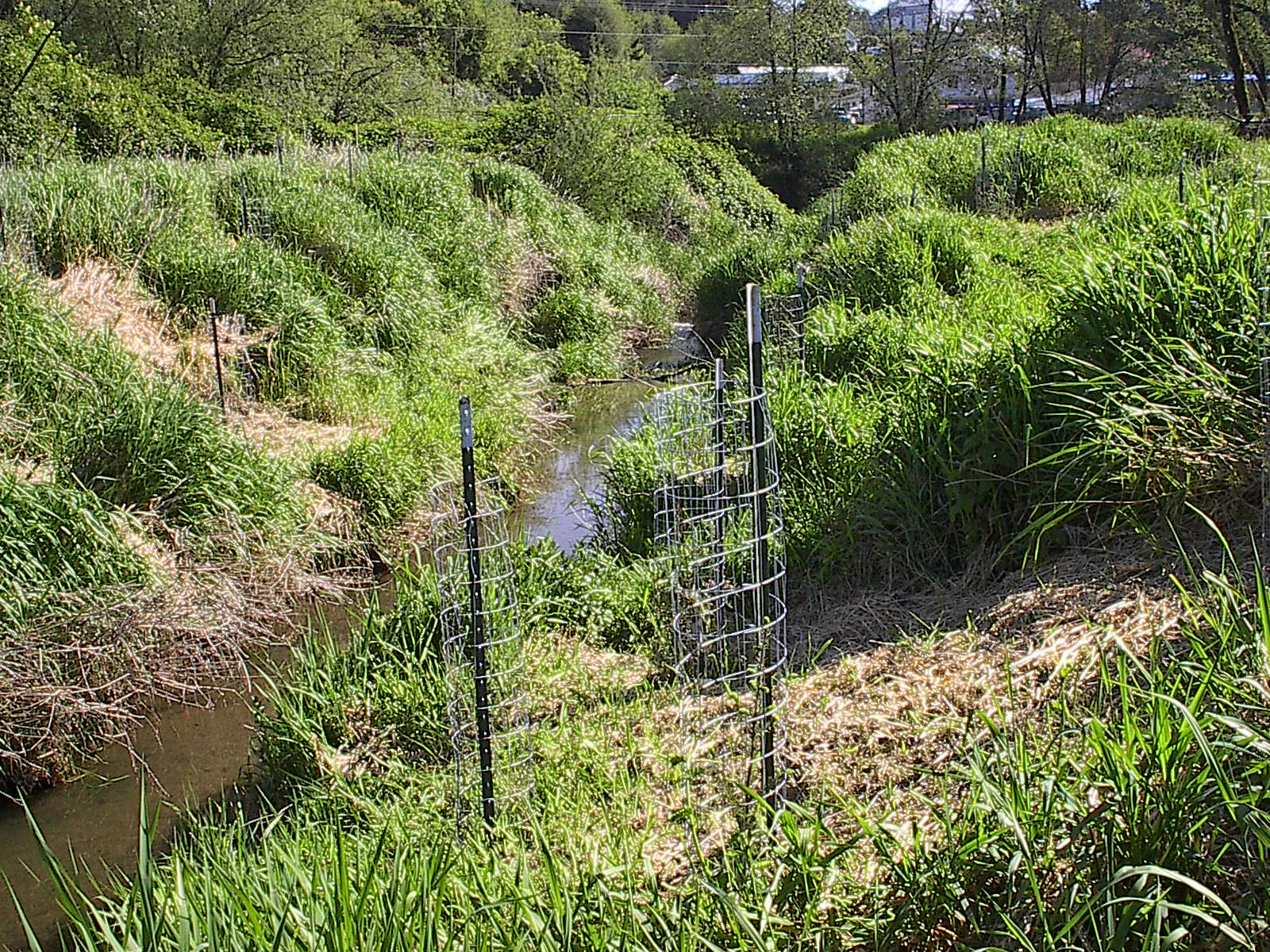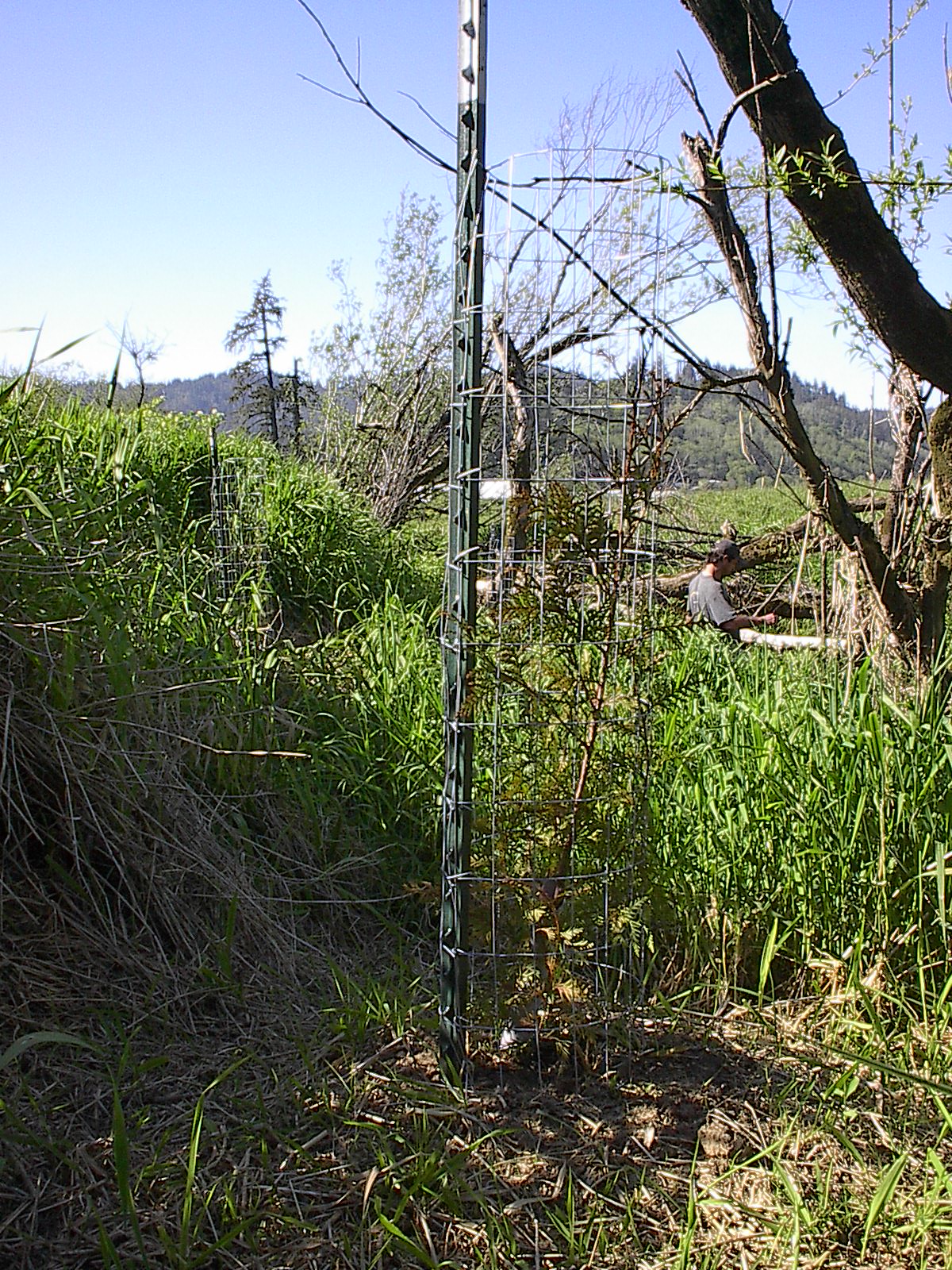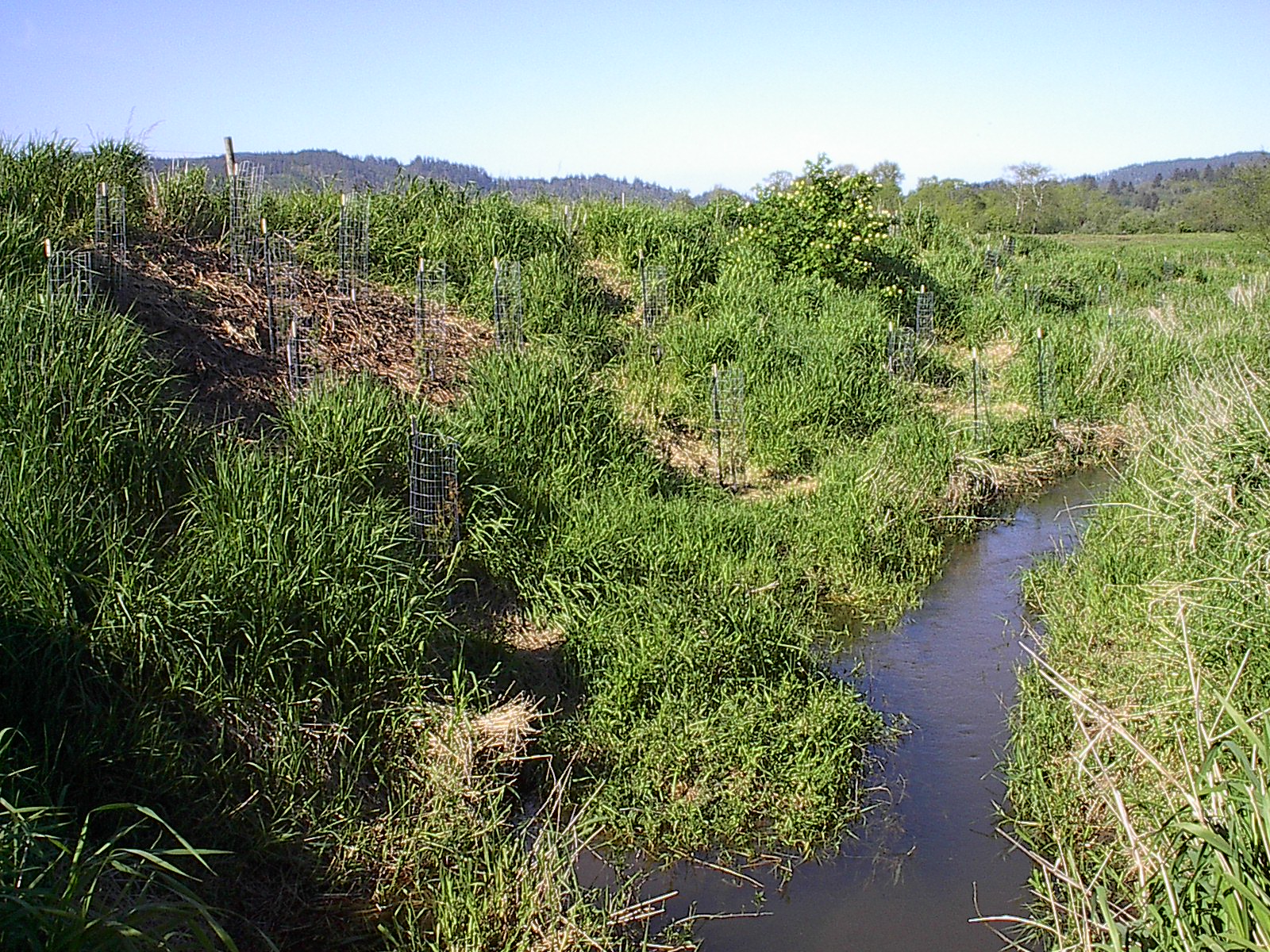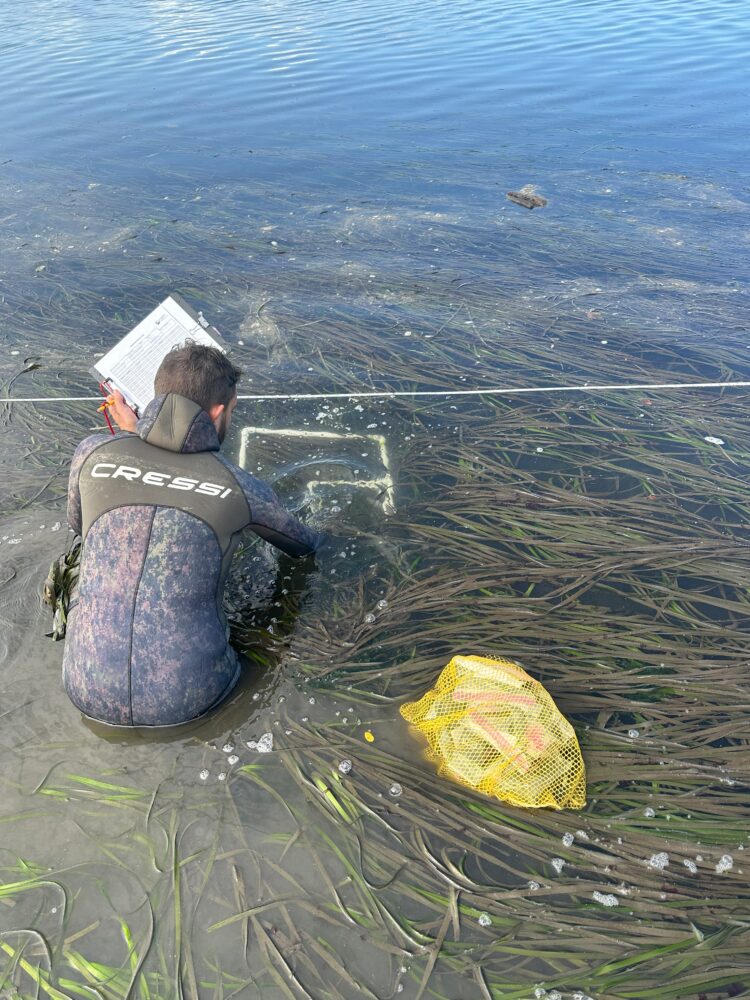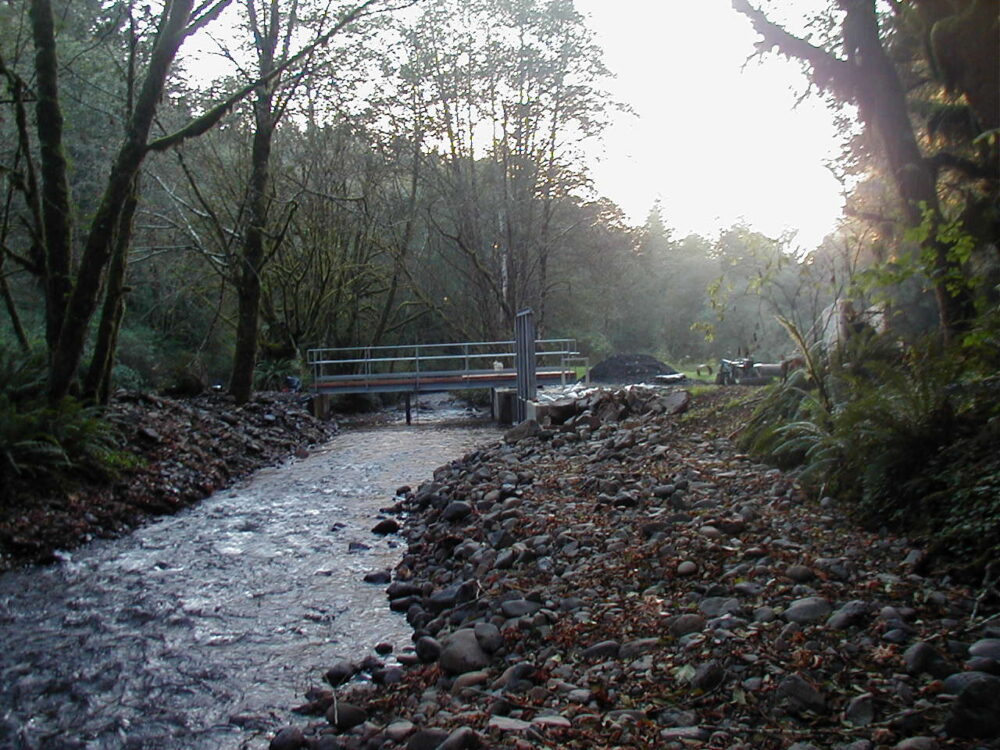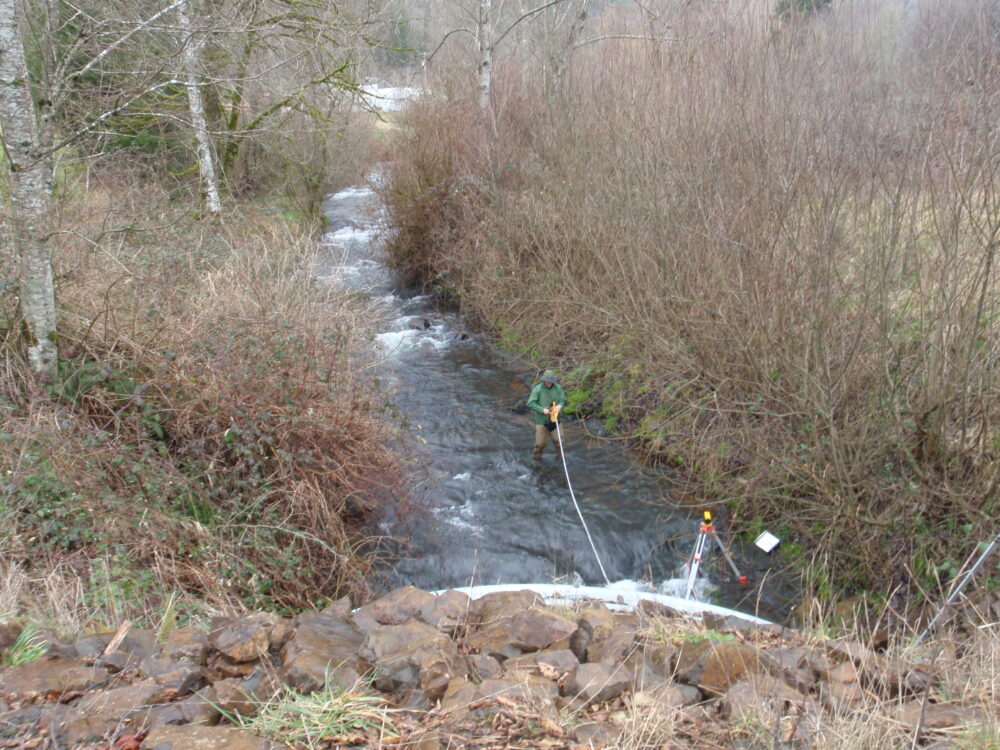Progress

- Pre-assessment (Completed)
- Project Design (Completed)
- Project Started (Completed)
- Project Finished (Completed)
- Monitoring Active (In Progress)
Restoring the Flow: Improving Fish Passage and Habitat at Smith Creek
Pacific salmon and other fish species need upstream habitat for spawning. Because of man-made alterations to their habitat, getting upstream can be a challenge.
In 2001, the Nestucca-Neskowin Watersheds Council and the Tillamook Estuaries Partnership selected Smith Creek, a tributary of the Nestucca River for fish passage improvement and habitat enhancement. Smith Creek is close to the Nestucca Bay Estuary, one of the most biologically important in Oregon.
The Smith Creek Watershed has two miles of spawning and rearing habitat for coho and chum salmon, steelhead, cutthroat trout and lamprey. Unfortunately, salmonids couldn’t access these spawning habitats due to two problem culverts, although people had observed the fish in large numbers below the culverts, attempting to swim upstream to access their historic habitat.
Project Details
Before Construction
New culverts restore stream flow and reconnect salmon to vital habitat.
One new culvert replaced an undersized concrete culvert that had a 3.5-foot drop at the outlet and prevented fish access. The new oversized culvert simulated a natural stream bottom and allowed salmonids access to over 1.5 miles of quality spawning and rearing habitat. Thanks to collaboration with a private landowner, the replacement of the lower culvert—located beneath a private cattle crossing—was completed with ease despite the challenges. This undersized culvert had suddenly become plugged with sediment, forcing the creek to flow over the culvert. With the crossing flooded year-round, cattle crossing the stream twice a day contributed bacteria and sediments to the stream. The condition also prohibited spawning fish from continuing through the culvert in their natural upstream migration.
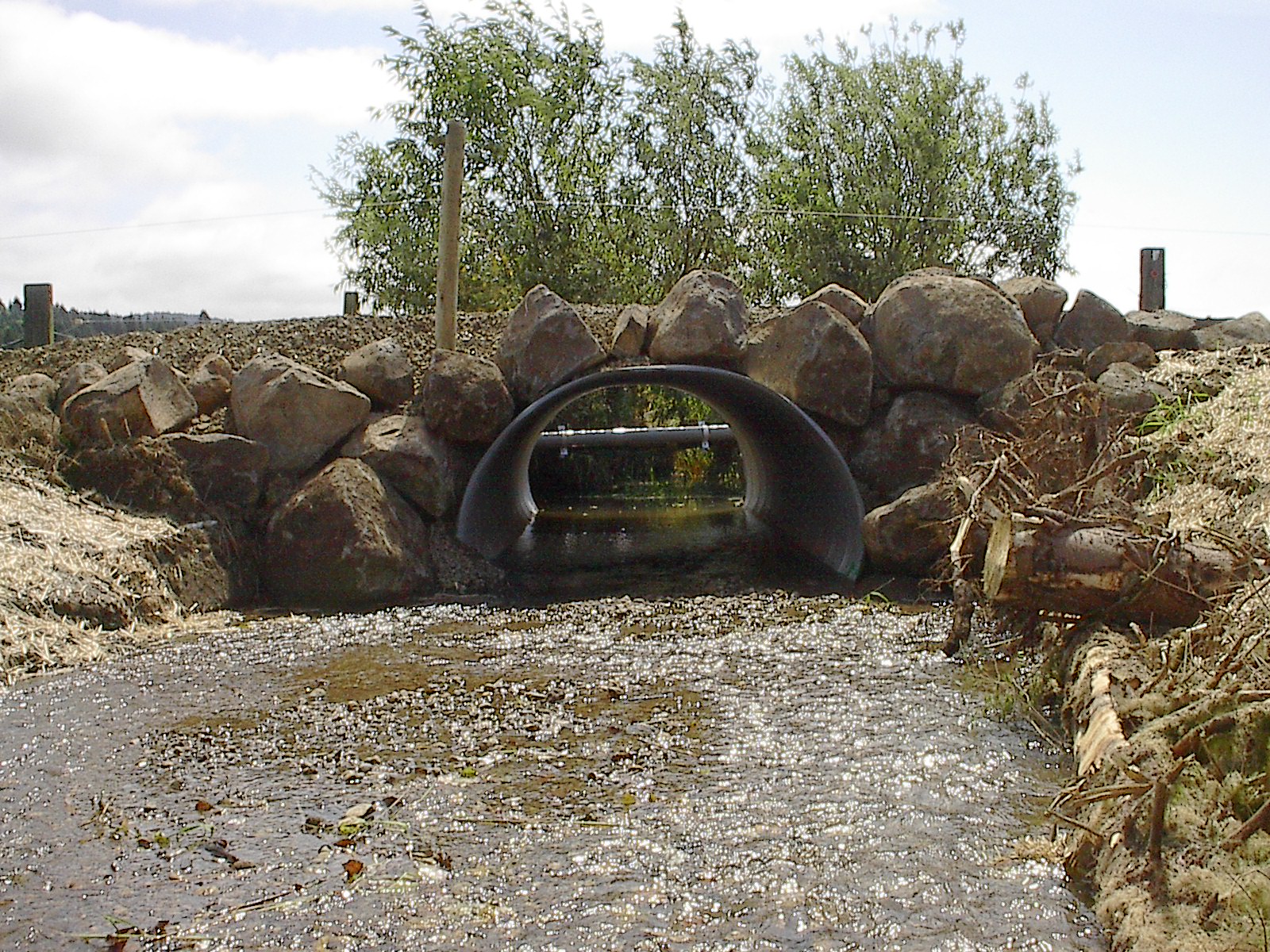
New Culvert
Project Quote
“The new oversized culverts simulate a natural stream bottom, allowing salmonids access to critical spawning and rearing habitat.” - Rachel Werner, TEP Environmental Project Manager.
Native plants enhance streamside habitat.
The Smith Creek Restoration Project enhanced more than one-half mile of streamside habitat (called the “riparian” area). The riparian area habitat enhancement included the removal of undesirable invasive (non-native) weeds such as reed canary grass, and the planting of beneficial native shrubs and trees in their place. Native riparian plants also improve water quality by filtering water that runs into the stream.
Riparian Planting
Collaborative stewardship shows the vital role of private landowners.
The three landowners adjacent to the culvert replacement site were key collaborators on the project. Funding and technical assistance for environmental improvements on Smith Creek were also provided by other state, federal and local agencies as well as the National Forest Foundation and the Tillamook County Creamery Association. This multi-partner project (17 in total!) demonstrated to other private landowners the benefits that their stewardship can have for the restoration of marine resources.
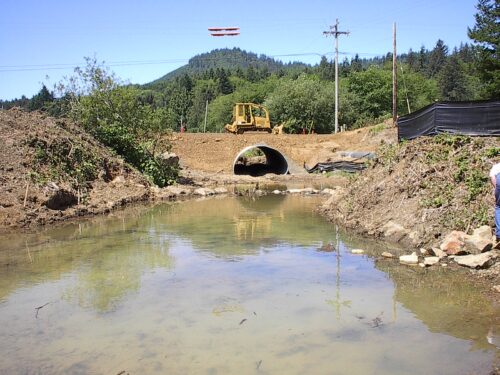
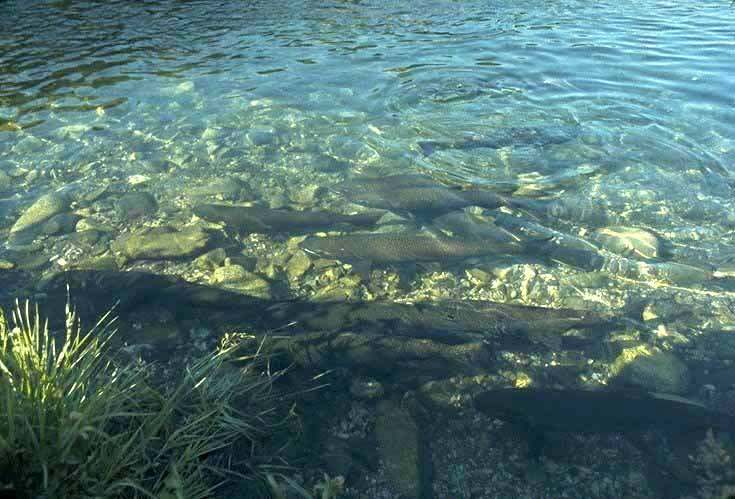
Salmon were spotted in the creek for the first time after the project’s completion!
Project Quote
“Smith Creek’s location as the third significant tributary to the Nestucca River upstream from the Bay gives the stream special significance,” said project manager Derek Sowers. “This is a very important low gradient, off-channel refuge for fish during winter flooding and a location for fish to spawn during the spring and fall. Spawning gravel will now be available from the Smith Creek watershed to replenish the historic spawning beds and should contribute to the recovery of the fish populations in the area.”

